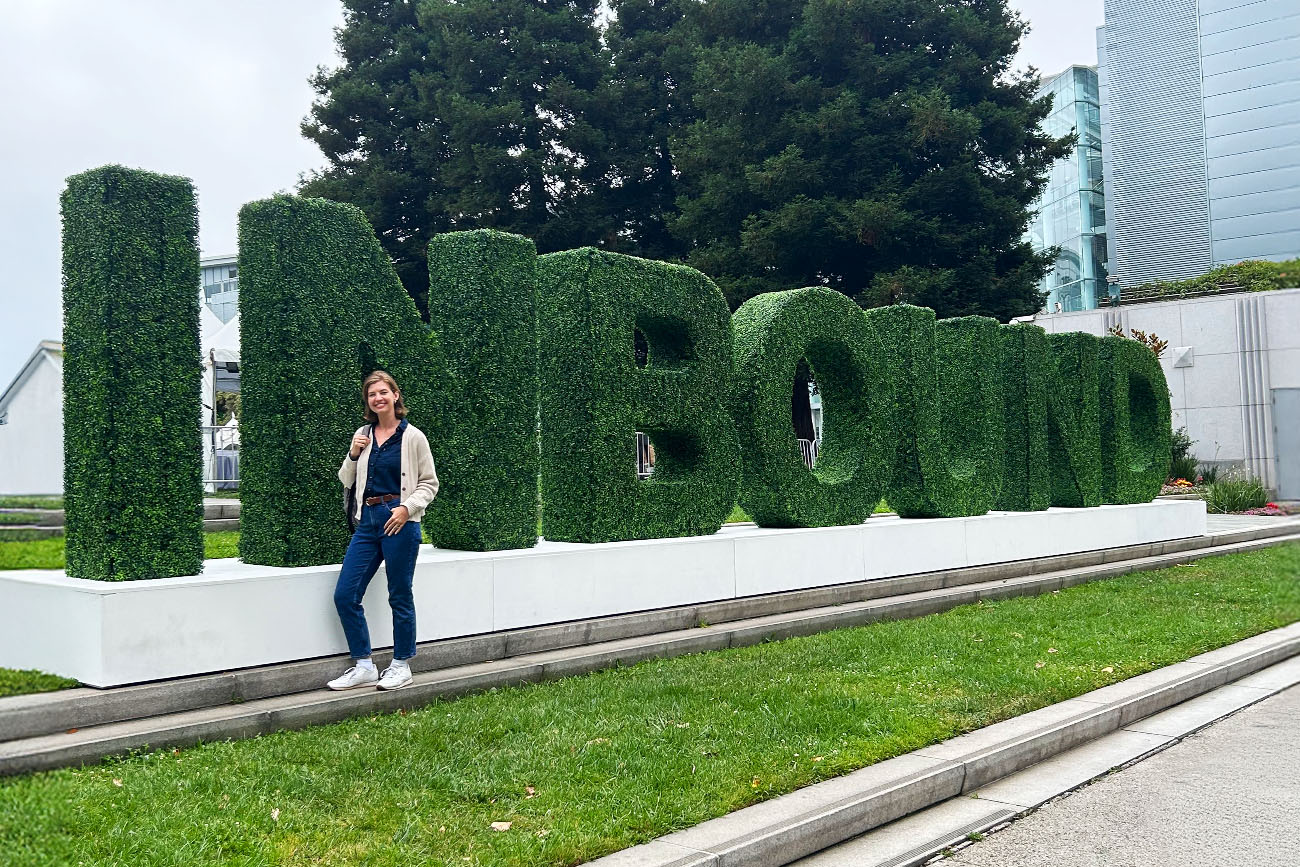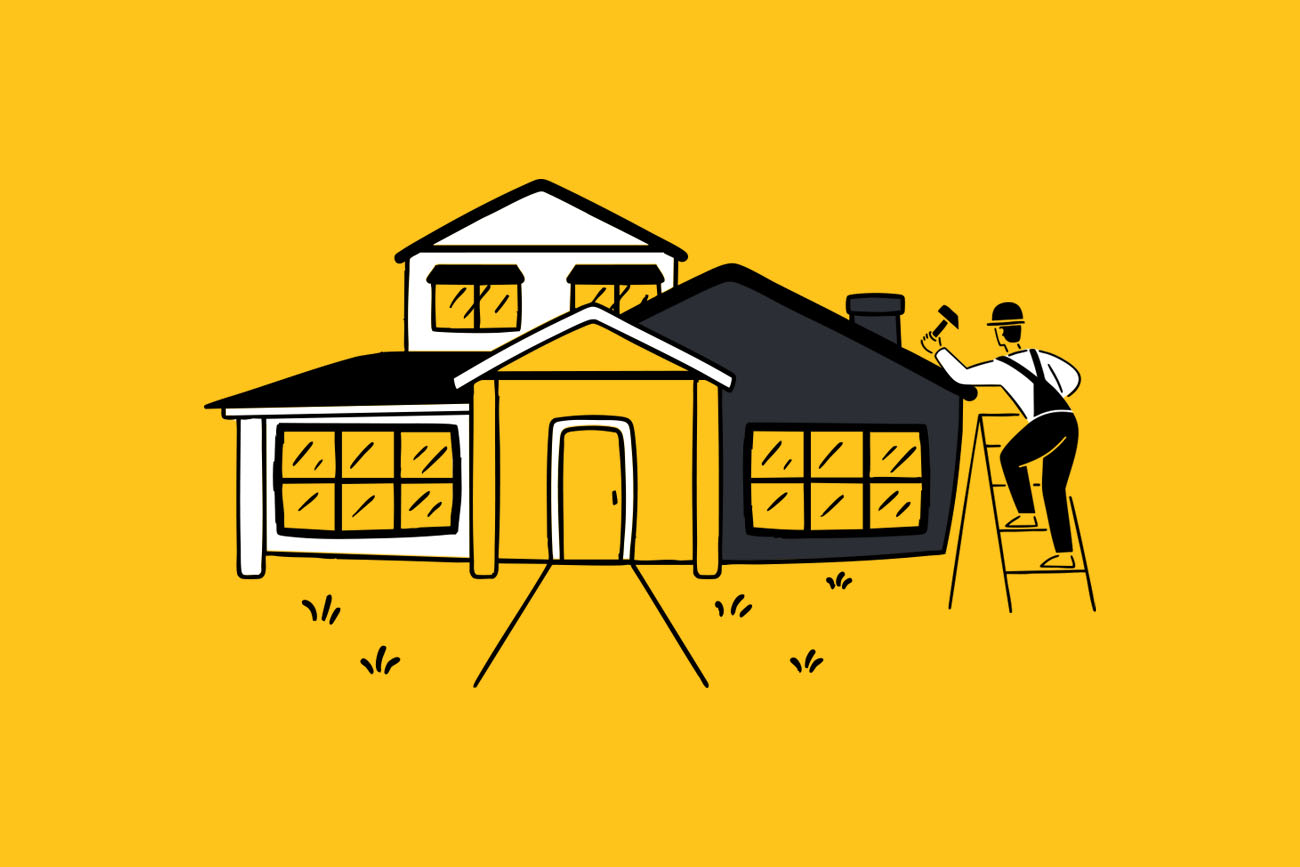Will AI programs rewrite the skill set of tomorrow’s designer?

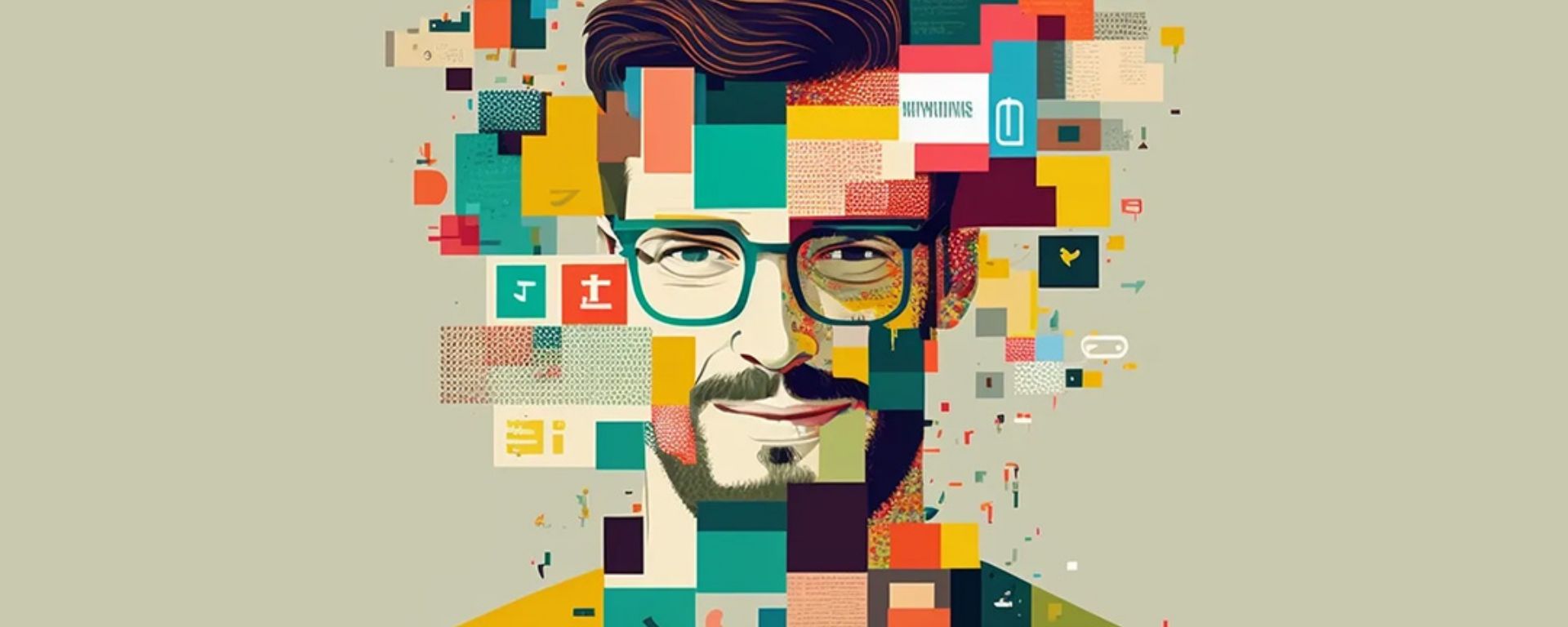
Over the past year, AI programs have been impacting a significant range of creative endeavors. High school essay assignments can now be written by AI in seconds, professional fine artists are wrongfully being banned from Reddit, and an AI program won first place in the Colorado State Fair annual art competition.
These AI programs — including ChatGPT, Dall-E, Midjourney, and Stable Fusion, just to name a few — are already having considerable impacts, despite being in their infancy. They’ll only continue to shed limitations as algorithm updates roll out every few months.
So how exactly will this impact a designer’s skill set in the future?
First, we have to take a look at how AI programs are functioning today. We’ll reference the popular AI generator, Midjourney, as an example.
Midjourney is currently in open beta and allows users to create artwork using Discord commands. Discord is a popular communications app that facilitates voice, video, and text chat for millions of users in community based forums and is most prevalent in the gaming and web developer communities. The Midjourney trial program and Discord account are free, which means anyone with an internet connection can start creating AI-generated artwork.
On Discord, the user simply types “/imagine” and followed by their prompt – which can be anything! Midjourney spits out four options based on the prompt, and the user can refine the imagery from there.
Here are a few examples:
Prompt: “A monkey driving a car”
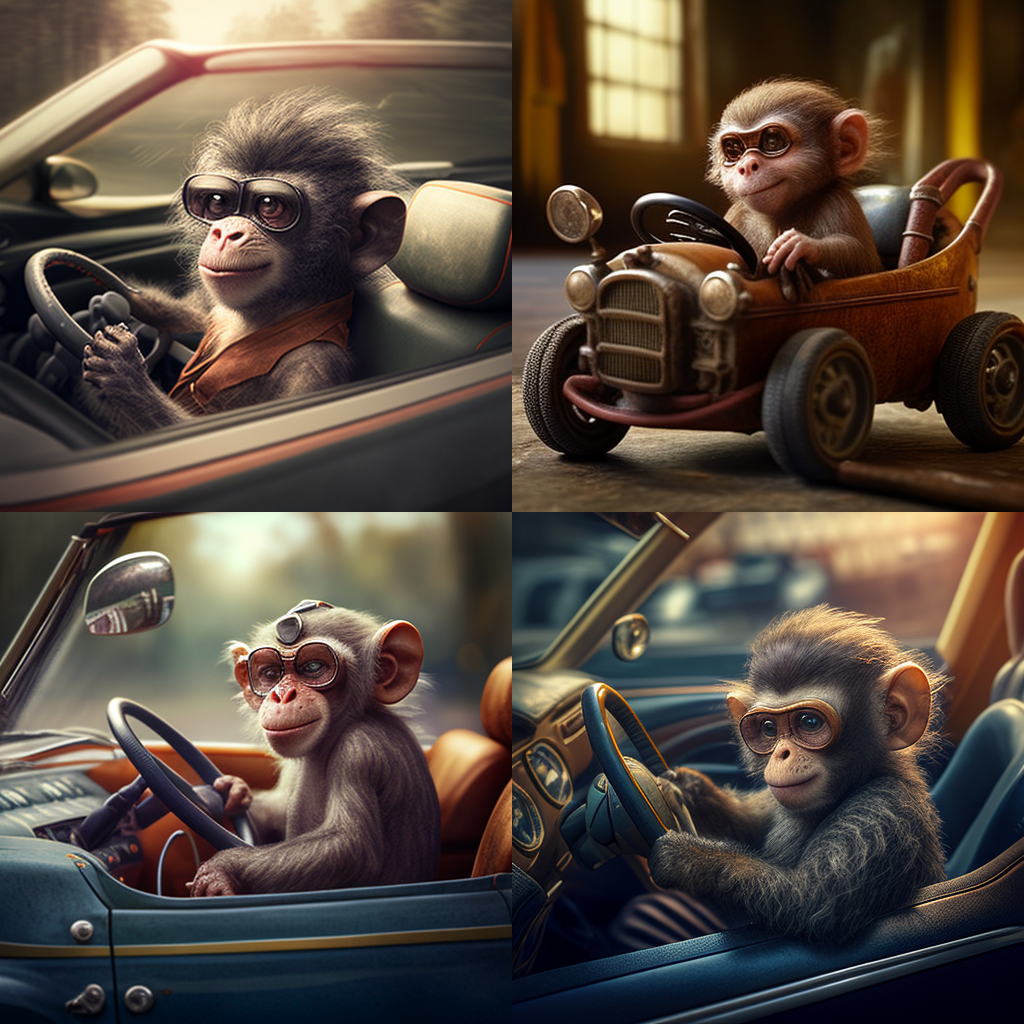
Prompt: “A pencil line drawing of pasta, olives, olive oil and fork in a bowl”

Prompt: “An ecommerce website that sells high end orange and green succulents”
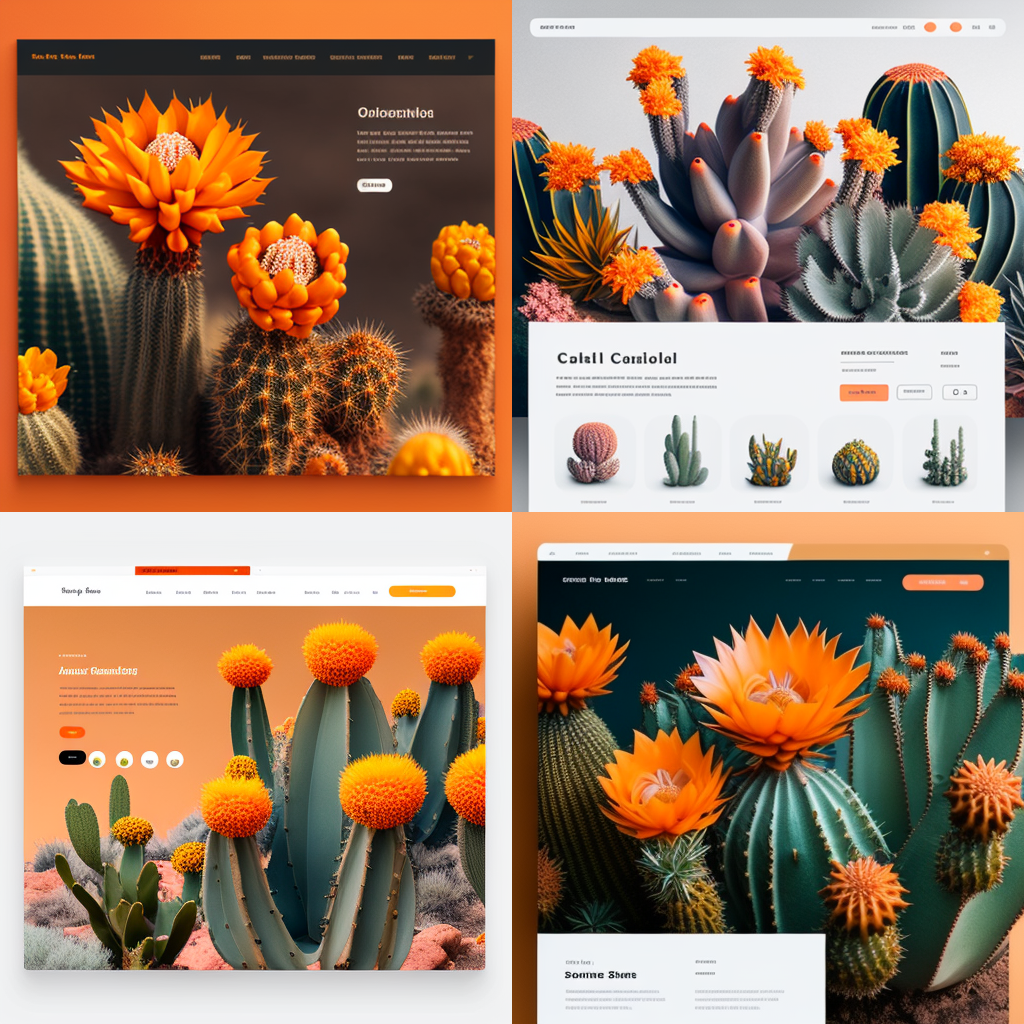
The images above are prime examples of Midjourney’s range and convenience. What could be better than four hyper-realistic images of a monkey driving a car that only took one minute to generate?
In all seriousness, the program is a fantastic tool for rapid concept generation. As a 3D designer of nearly ten years who has spent countless hours adjusting models for photo-real quality renders, a part of me crumbled the first time I saw Midjourney’s render quality after one minute of work. However, there are some limitations with Midjourney as it stands today.
Using brand specific keywords or open-ended prompts can cause the program to produce unusable imagery with obvious tells of AI generation due to its surreal or dreamlike shape. This means that users will have to spend time tweaking multiple rounds of imagery by refining keywords within their prompt, just as I refine my models for photo-real quality renders.
Also, most websites, ad campaigns, and store fixture displays are more complex than a single photo and require systems to be built and expanded upon for real-world implementation. As it stands today, Midjourney cannot handle the complexity of those tasks. But one would be naive to think that will not be possible in the future.
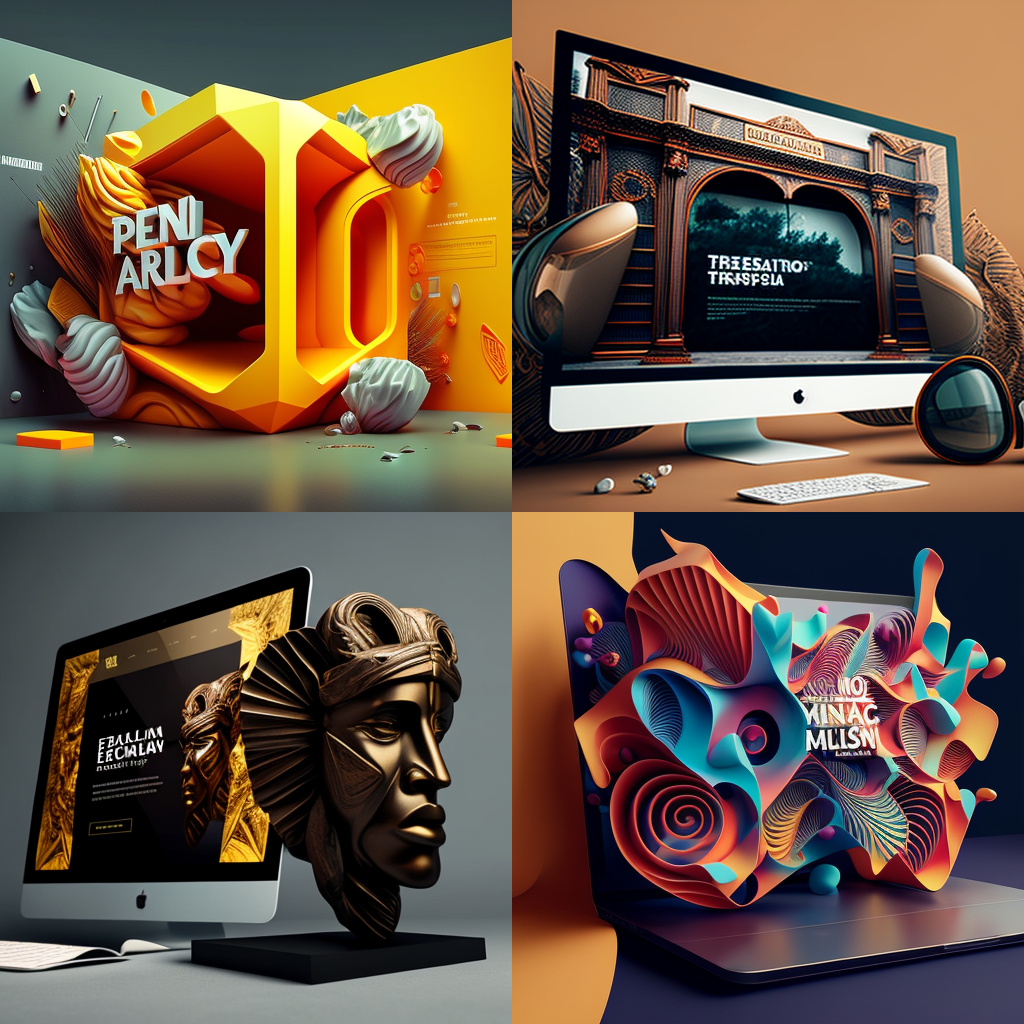
At S/M, our take is that AI programs like Midjourney are yet another advancement in the long line of tools used by creatives, and they will only continue to get better as algorithms are refined. Midjourney is a sizable step forward in idea representation: It is to 3D rendering as 3D renderings are to pencil and hand sketches.
But because the barrier to realistic renderings has been lowered, the value of the designer has been raised: Our knowledge of trends, our ability to create work within a pre-existing brand language, and our ability to understand the user and execute toward the goal on a project brief have never been more important.
Concept generation can be outsourced to an AI program, but the creativity and pre-existing knowledge that builds and refines the prompt will always come from a designer.
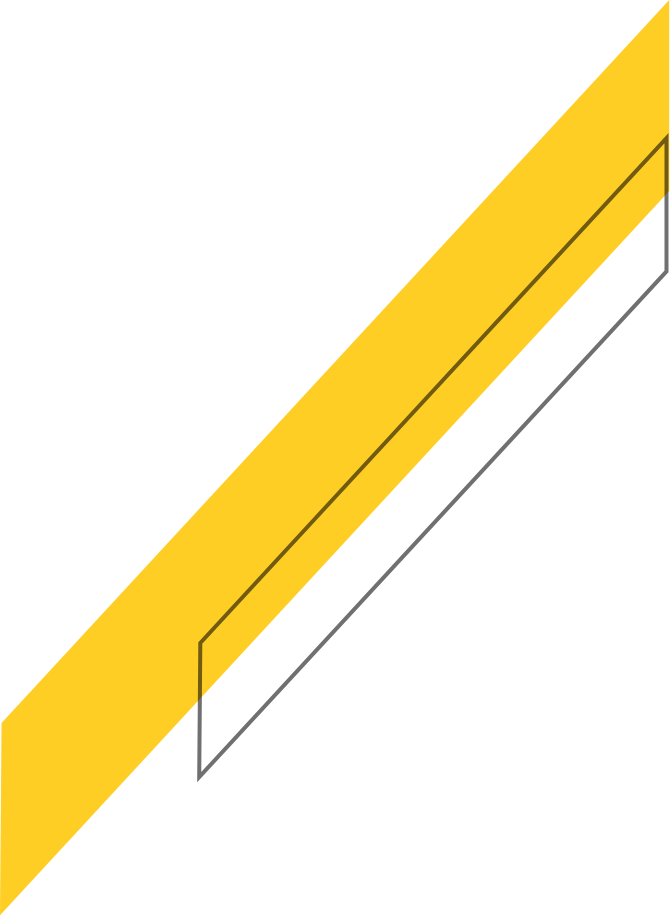
Subscribe for
more Slant
This site is protected by reCAPTCHA and the Google Privacy Policy and Terms of Service apply.



